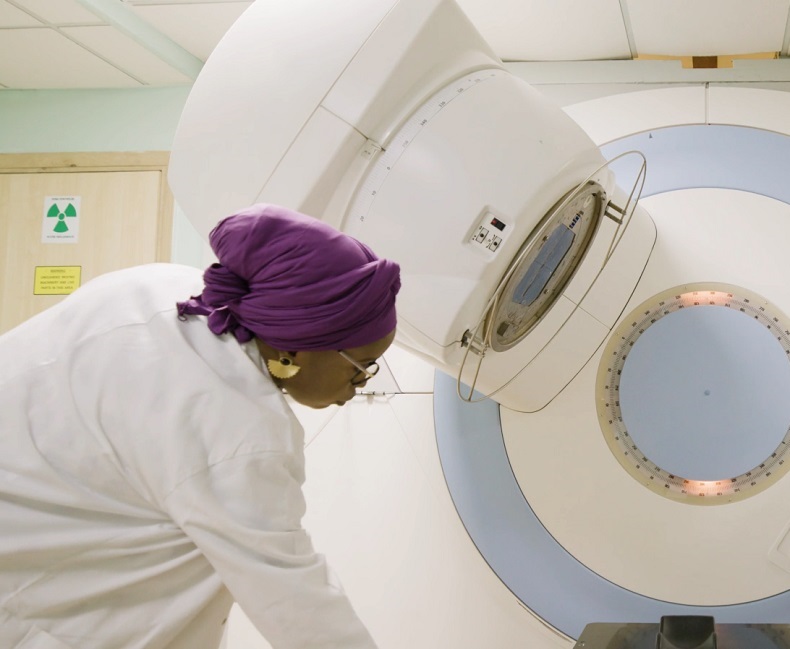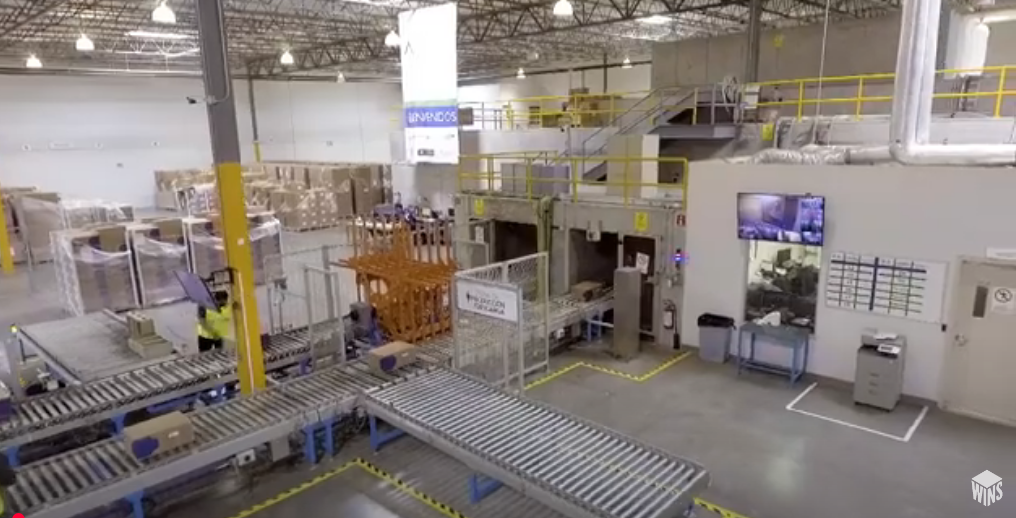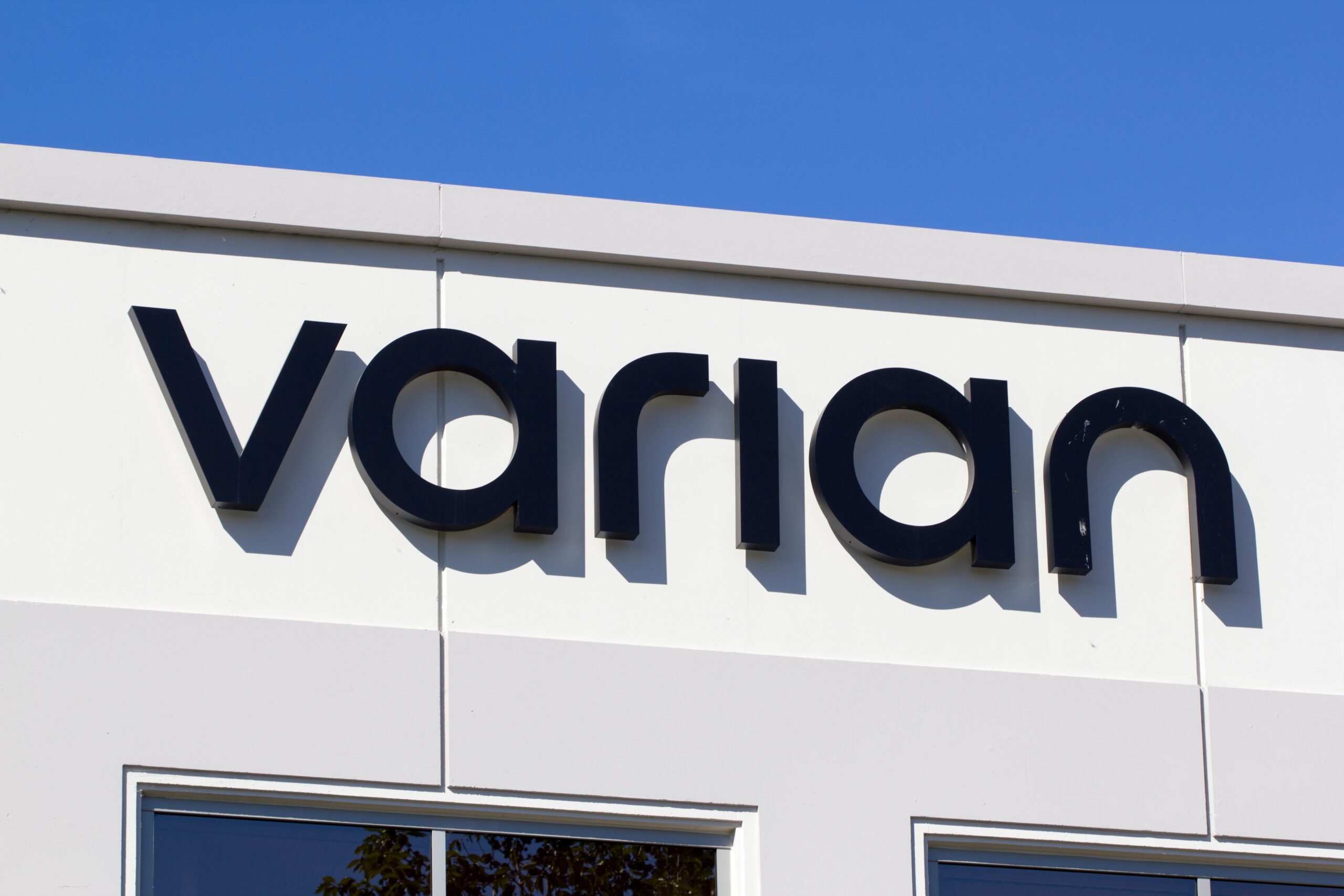Guidance Materials for Successful Implementation
The documents listed below provide recommendations for the adoption of non-isotopic alternative technologies, as well as for transitioning to such technologies from high-activity radioactive sources.
Guide on Transitioning from High-Activity Radioactive Sources to Non-Radioisotopic (Alternative) Technologies
This US-focused document provides background information and recommendations on best practices for transitioning from high-activity radioactive sources to - or the novel adoption of - non-radioisotopic technologies in cases where they meet technical, operational and cost requirements for the end users.
Technical Specifications Of Radiotherapy Equipment For Cancer Treatment
This publication provides guidance on the specification of technical equipment used in practicing radiotherapy. The publication defines packages of radiotherapy equipment appropriate to the resource setting, including alternative non-radioisotope options, provides relevant technical specifications, and provides guidance on establishing radiotherapy services by providing an overall framework and linking to other relevant detailed publications.
Setting Up a Radiotherapy Programme: Clinical, Medical Physics, Radiation Protection and Safety Aspects
This IAEA publication provides guidance for designing and implementing radiotherapy programmes, taking into account clinical, medical physics, radiation protection and safety aspects. It reflects current requirements for radiotherapy infrastructure in settings with limited resources. This document is useful to professionals developing, implementing and managing radiotherapy programmes.
Back to Alternative Technologies Page






